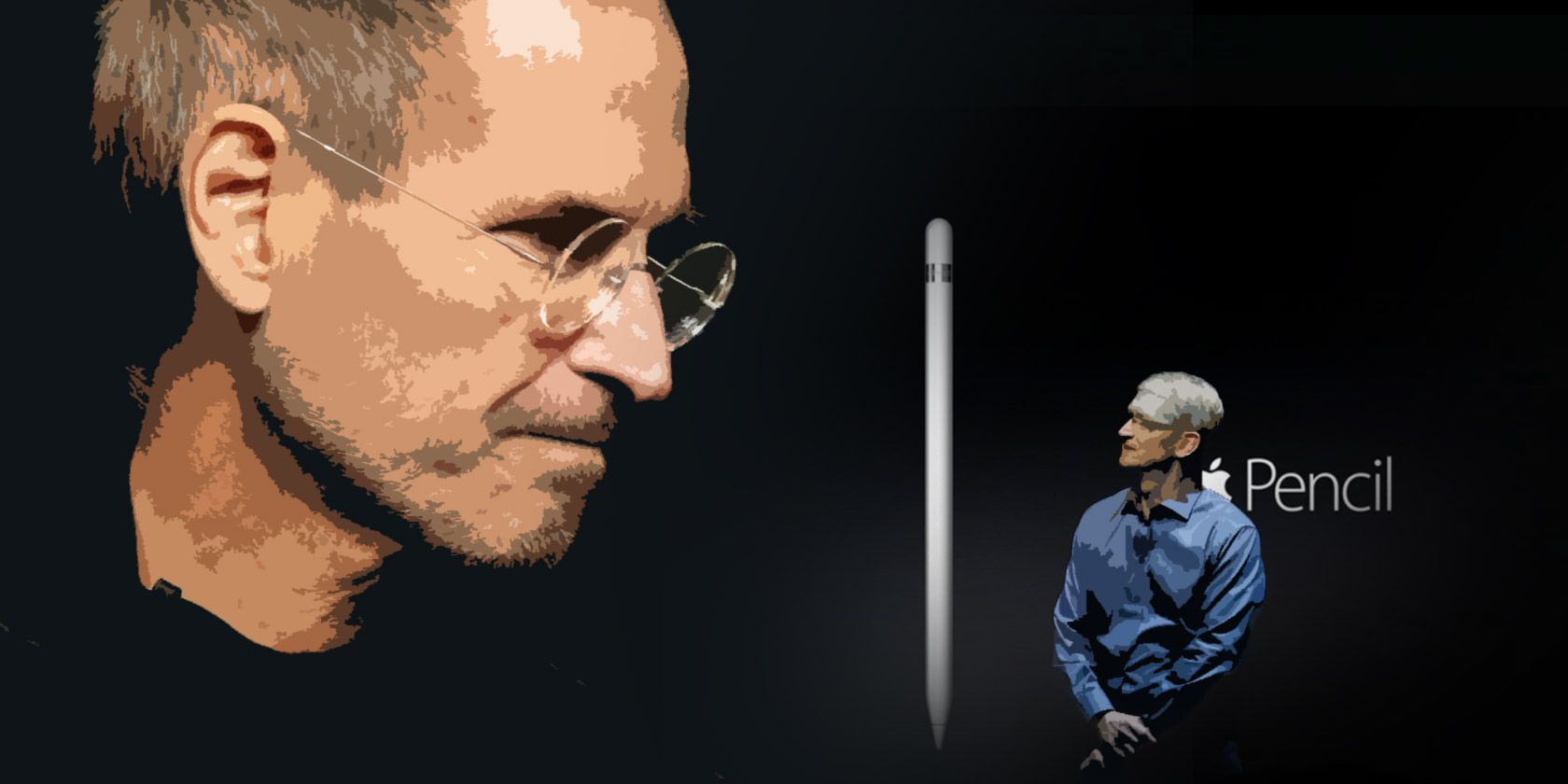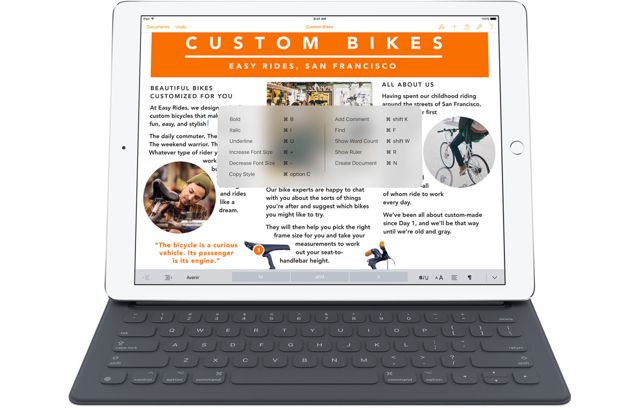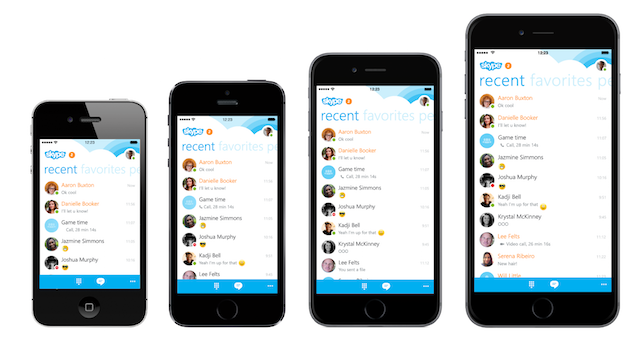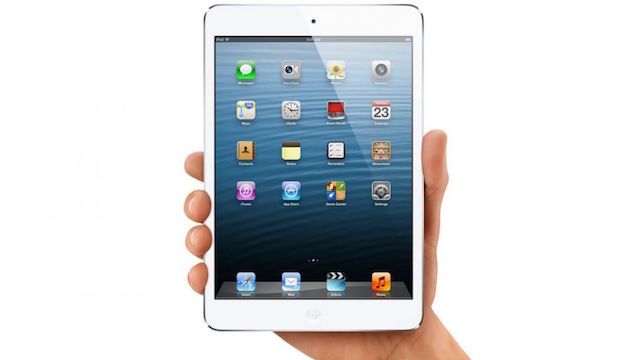Apple CEO Steve Jobs, 2007: "If you see a stylus, they blew it."
Apple CEO Tim Cook, 2015: "Apple Pencil blah blah blah."
It seems that Apple's latest CEO can't stop contradicting his predecessor. Jobs hand-picked Cook to succeed him when he left the company, but several recent moves by Cook seem to go against what Apple co-founder Jobs has said in the past.
The cries are loudest on social networks, so much so that someone made a whole website about it: Steve Jobs Would Never. But is Tim Cook trying to create his own legacy by trailblazing a different path from Jobs or are we simply misinterpreting Jobs?
Context Is King
Walter Isaacson's biography — one of the must-read books about Steve Jobs — makes it clear that he wasn't afraid of distorting words to make a forceful point. It's hard to know how much Jobs himself believed some of the things he said, but he knew the right things to say to convince people of his agenda. Heck, he even contradicted himself often:
"We have no plans to make a tablet," Jobs said at All Things D in 2003. "It turns out people want keyboards. Tablets appeal to rich guys with plenty of other PCs and devices already." As we found out later, Apple had already started exploring touchscreen tablets back then.
That aside, however, some of the statements Jobs made are often taken out of context and applied to what Cook does now. In those cases, it seems like Cook is going against his former boss, but a closer look reveals a different picture. I went through some of these seeming contradictions to try and find the truth.
The Apple Pencil
Among Apple's recent launches, the Apple Pencil stylus seems to be the most anti-Jobs move that Cook has made.
What Jobs said in 2007: "Who wants a stylus? You have to get them and put them away, and you lose them. Yuck. Nobody wants a stylus. So let's not use a stylus. We're going to use the best pointing device in the world. We're going to use a pointing device that we're all born with... we're born with ten of them. We're going to use our fingers. We're going to touch this with our fingers… It works like magic.You don't need a stylus. It's far more accurate than any touch display that's ever been shipped."
The context here is two-fold. First, Jobs was talking about an iPhone — a device with a 3.5-inch screen, compared to the iPad Pro's 12-inch screen. Apple has shown no indication that it's bringing Pencil to other iPads, let alone the iPhones. But even if it did bring a stylus to a smaller screen, there's a second context.
"Nobody wants a stylus" was a remark made in 2007, when stylus technology wasn't that great. The stylus of today is far better and much more useful, as we have seen in the Samsung Galaxy Note 3's S Pen. The larger point Jobs was making then was that your touchscreen should be completely useable with your fingers, without needing a stylus. Remember, the stylus was the norm back then, not the exception.
That, to a large extent, still holds true today. The Apple Pencil is a $99 optional accessory with the iPad Pro—you can still buy an iPad Pro and not buy the Pencil (but I believe you should buy the Pencil since the accessories make it more than just a bigger iPad).
However, one of Jobs's original points is absolutely valid: "You have to get them and put them away, and you lose them. Yuck." For a $99 device, there is no way to dock it into your screen or cover, unlike the Microsoft Surface Pro or Samsung Galaxy Note. There is a real chance of losing your Apple Pencil easily, and that's a huge miss that Jobs probably wouldn't have let happen, given his notoriety for attention to detail.
The Smart Keyboard
In the same keynote address, Cook and team debuted the new Smart Keyboard for the iPad Pro. This $169 Bluetooth attachment props up the iPad Pro at an angle and turns it into a laptop-like device. It's not a convertible laptop, it's a "hybrid lite". But it goes against The Word Of Jobs.
What Steve Jobs said in 2010: "Touch surfaces don't want to be vertical… It's ergonomically terrible. Touch surfaces want to be horizontal. Hence, pads! For notebooks, that's why we have perfected multi-touch trackpads over the years. That's the best way we have found to introduce touch into notebooks."
Watch the full clip:
In this instance, Cook has gone absolutely against what Jobs said. Even if you bring up the context that Jobs was talking about Mac OS X-like notebooks against the iPad tablet, the fact remains that Apple has gone completely against a core Jobs dictat: touch surfaces want to feel flat.
The Smart Keyboard does not include a trackpad, which means your hand has to keep moving back and forth between the keyboard and the slanted, propped-up screen. That's not ergonomic, that's not user friendly, and that's not great design. And you can't just connect a mouse like with the Surface Pro either.
It could be said that most people will only use the iPad Pro's keyboard attachment for extended periods of typing, and so it won't be detrimental to the overall user experience (as it could be argued some hybrid laptops are).
Bigger iPhones
Jobs was adamant that Apple had perfected the size for the iPhone. That was when it had a 3.5-inch screen; in fact, according to Isaacson's biography, the iPhone 4S was the last smartphone Jobs tested. And that one had a 3.5-inch screen. If Jobs were asked, "Should you buy the bigger iPhone 6 Plus?", we know what his answer would be.
What Steve Jobs said in 2010: "Making a phone so big your hand can't get around it helps (to avoid antenna troubles). Some of these guys are making Hummers… You could make that, but nobody would want to buy it."
In 2011, Samsung outpaced Apple to become the world's largest smartphone maker. Last year, Apple finally launched larger iPhones—the iPhone 6 with a 4.7-inch screen and the iPhone 6 Plus with a 5.5-inch screen. The latter is as mammoth as the Samsung Galaxy Note.
Cook has definitely defied Jobs here, but no matter how much Jobs believed he had the right size, the sales of iPhones have rallied after the bigger models were released. The iPhone 6 Plus is the largest selling phablet (phone-tablet hybrid) in the US and Apple has been reporting record sales of the iPhone 6s and 6s Plus already.
Smaller iPads
Again, Jobs believed Apple had perfected the size for tablets. In the pre-iPad Mini era, he had nothing but disdain for smaller 7-inch Android tablets.
What Steve Jobs said in 2010: "There are clear limits of how close you can physically place elements on a touchscreen before users cannot reliably tap, flick or pinch them. This is one of the key reasons we think the 10-inch screen size is the minimum size required to create great tablet apps.... The seven-inch tablets are tweeners, too big to compete with a smartphone and too small to compete with an iPad."
The Guardian has a full transcript of what Jobs said during that earnings call conference, and even compares his claims against the 8-inch iPad Mini that was eventually launched. And well, most of his problems with the smaller form factor were not addressed. The original iPad Mini didn't even take Jobs's suggestion of increasing resolution, but the new iPad Mini with Retina Display fixed that.
Cook definitely went against his mentor's wishes there, but it was a good call. In this case, Jobs was wrong. The iPad Mini is a huge success and many claim it's the best tablet around — particularly if you have smaller digits. Indeed, it's not even a battle of sizes — as we've discovered you can use both iPad Air and iPad Mini for different tasks.
Do You Like Cook's Apple or Steve's Apple?
There is no doubt that Apple has changed a lot since Tim Cook took over as CEO. Do you like the new Apple, or do you yearn for the Jobs era once again?
Image Credits: Apple, Skype





